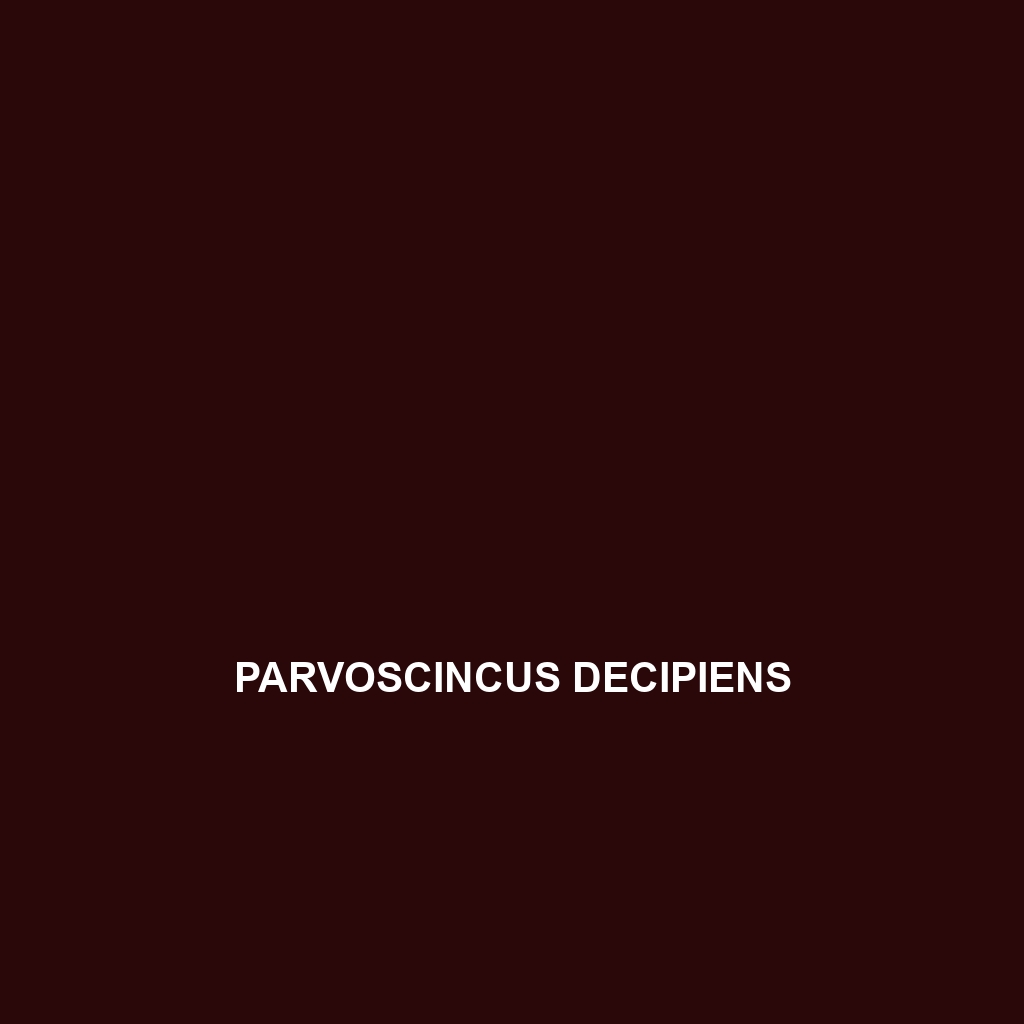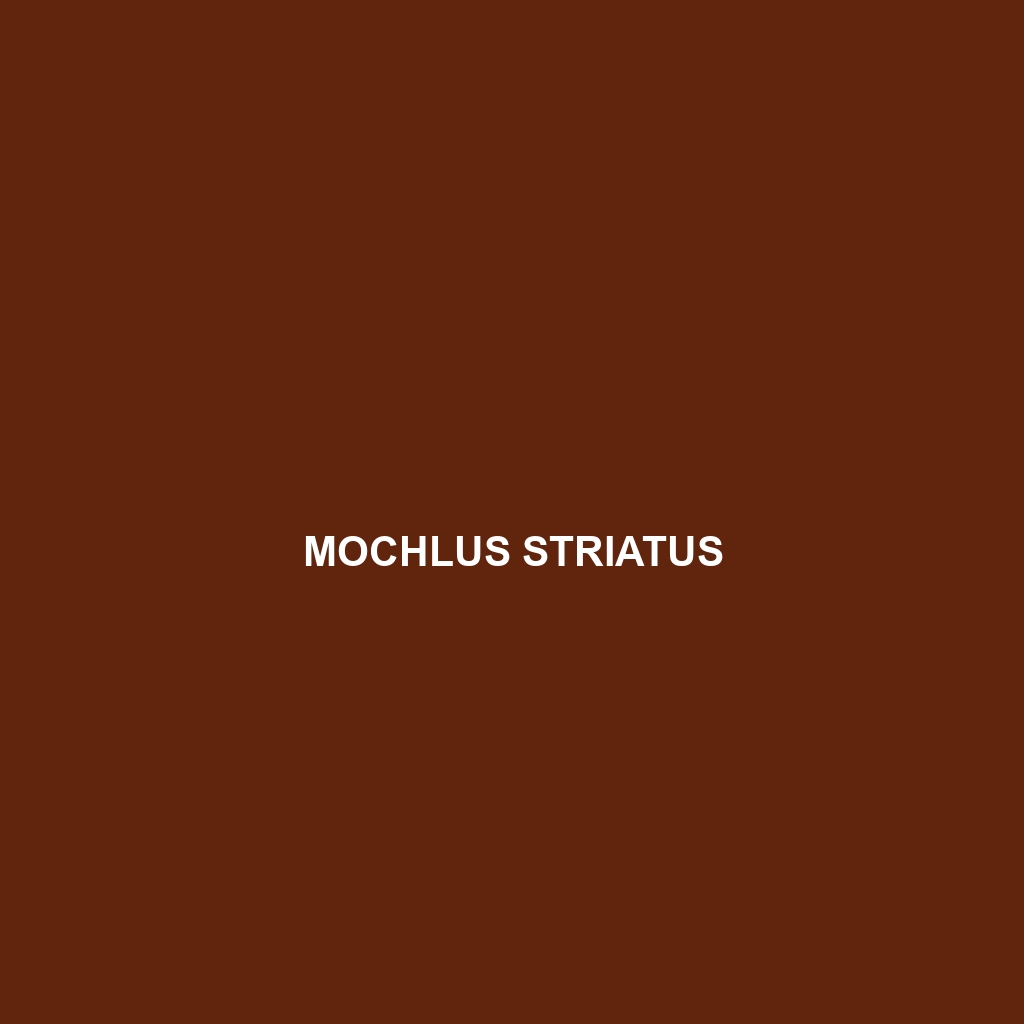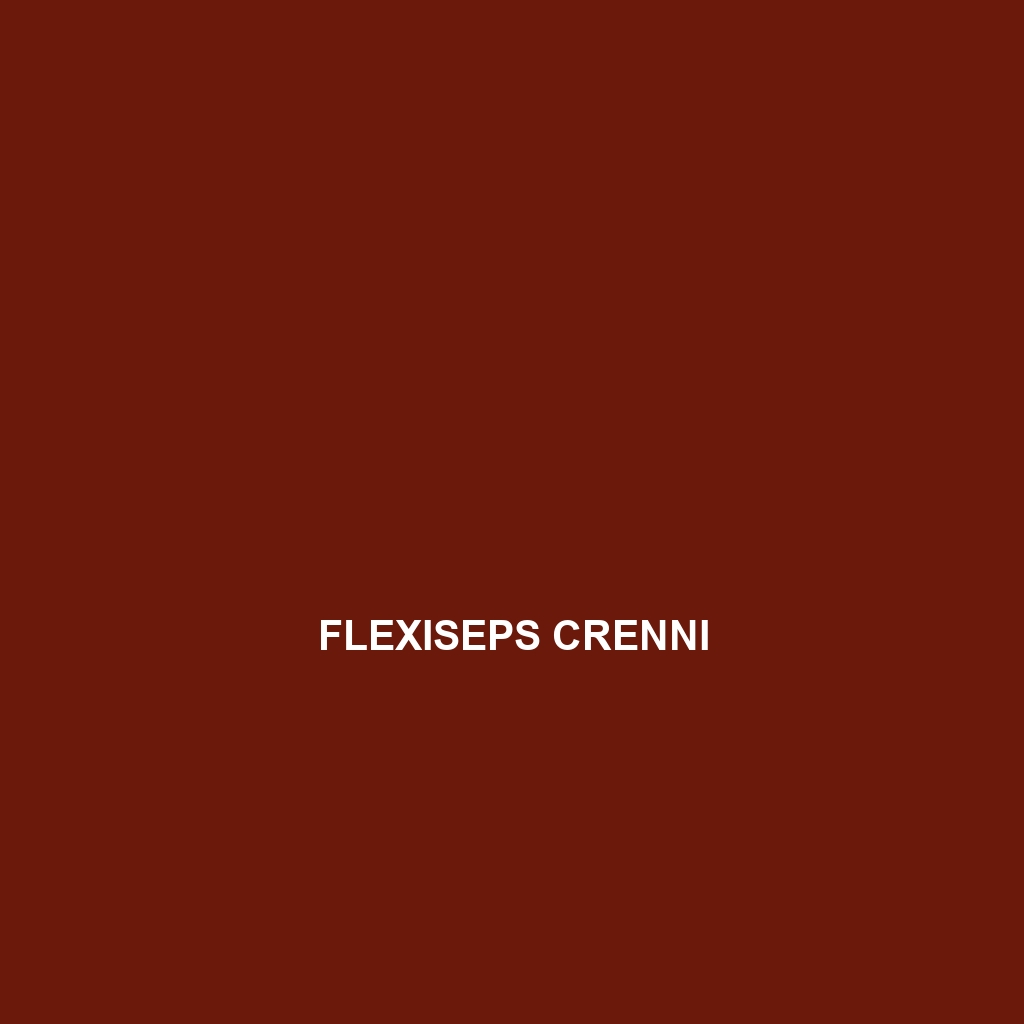<p><b>Sphenomorphus annectens</b>, commonly known as the Sundarban Skink, is a moderately sized insectivorous skink found in Southeast Asia's tropical rainforests and mangrove ecosystems. This agile, diurnal species is recognized for its vibrant coloration, rapid movement, and significant role in controlling pest populations within its habitat.</p>
Tag: rainforest skink
Prasinohaema parkeri
<b>Prasinohaema parkeri</b>, known as the green-blooded skink, thrives in the tropical rainforests of Papua New Guinea and the Solomon Islands, showcasing distinctive green blood due to high biliverdin levels. This unique insectivorous reptile, measuring 18 to 28 cm, plays a crucial role in its ecosystem by regulating insect populations and promoting biodiversity through seed dispersal.
Prasinohaema parkeri
<b>Prasinohaema parkeri</b>, known as the green-blooded skink, thrives in the tropical rainforests of Papua New Guinea and the Solomon Islands, showcasing distinctive green blood due to high biliverdin levels. This unique insectivorous reptile, measuring 18 to 28 cm, plays a crucial role in its ecosystem by regulating insect populations and promoting biodiversity through seed dispersal.
Parvoscincus decipiens
<b>Parvoscincus decipiens</b> is a small-to-medium-sized skink native to the rainforests of Southeast Asia, featuring a sleek body with earthy tones for effective camouflage. Known for its diurnal foraging behavior and social structure, this insectivore plays a vital role in maintaining ecosystem balance by controlling insect populations and facilitating seed dispersal.
Naultinus flavirictus
<p>Discover the <b>Naultinus flavirictus</b>, or yellow-striped skink, a vibrant lizard from New Zealand's rainforests, known for its striking green body and yellow stripes. This diurnal, omnivorous species plays a crucial role in its ecosystem, helping to control insect populations and aiding in seed dispersal.</p>
Mochlus striatus
Meet the Mochlus striatus (striped skink), a small to medium-sized insectivore native to East African rainforests and savannas, known for its striking cream or light brown body adorned with dark stripes and its remarkable agility. This diurnal skink plays a vital role in maintaining ecological balance by controlling insect populations and serving as prey for larger predators.
Lankascincus merrill
<p><b>Lankascincus merrill</b> is a small, agile skink native to the rainforests of Sri Lanka, recognized for its slender body, smooth scales, and nocturnal behavior. This vulnerable species plays a critical role in controlling insect populations while thriving in humid, dense vegetation within its forest habitat.</p>
Hemiergis gracilipes
The Hemiergis gracilipes, or slender skink, is a slender, nocturnal insectivore native to southeastern Australia, characterized by its smooth, glossy scales and distinct dark stripes. Found in diverse habitats like rainforests and savannas, they play a vital role in regulating insect populations and are known for their remarkable tail regeneration abilities.
Gymnophthalmus leucomystax
Discover the Gymnophthalmus leucomystax, or white-throated skink, a small to medium-sized lizard found in Central and South America's tropical rainforests and savannas. Known for its striking white throat and agile behavior, this insectivorous species plays a crucial role in maintaining ecological balance by controlling insect populations.
Flexiseps crenni
Discover the Flexiseps crenni, or crenned skink, a fascinating omnivorous lizard native to the rainforests of Southeast Asia and Madagascar, known for its remarkable climbing abilities and distinctive coloration. This moderately sized skink plays a vital role in its ecosystem by controlling insect populations and aiding in seed dispersal.









